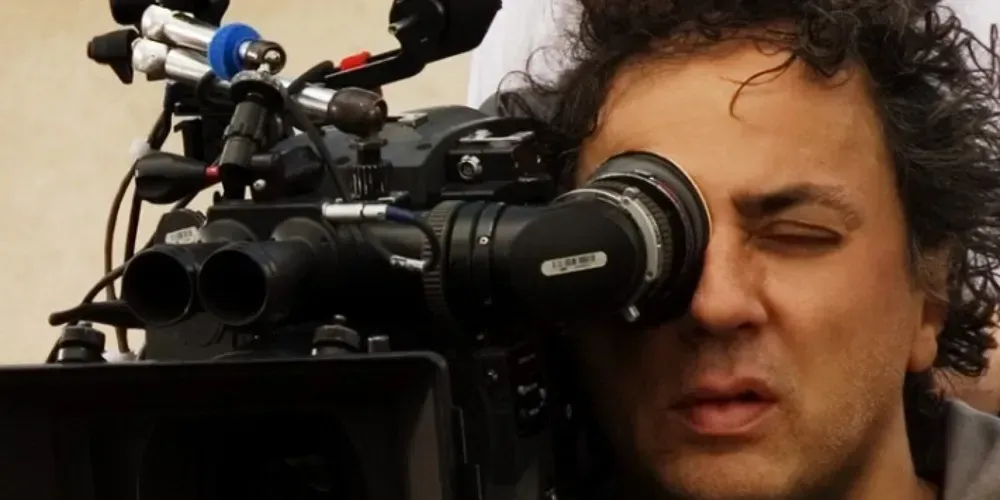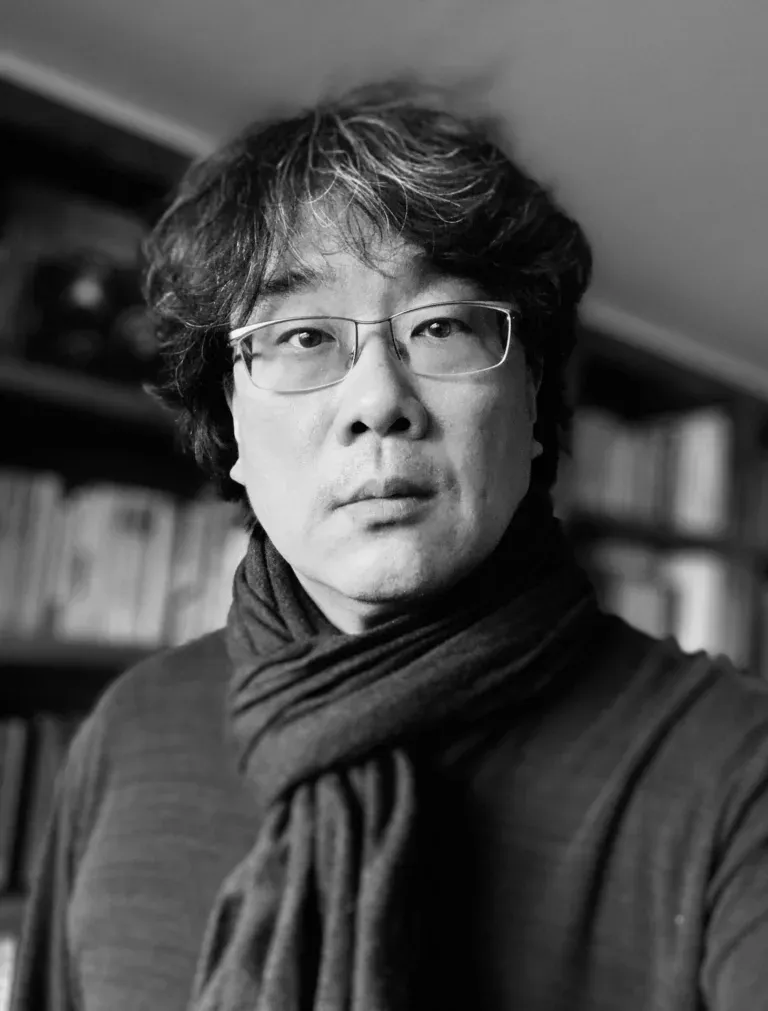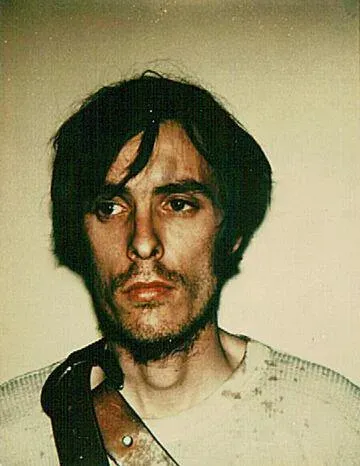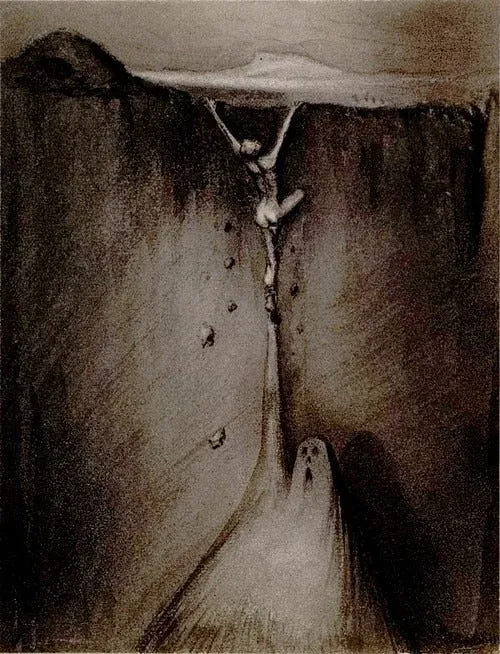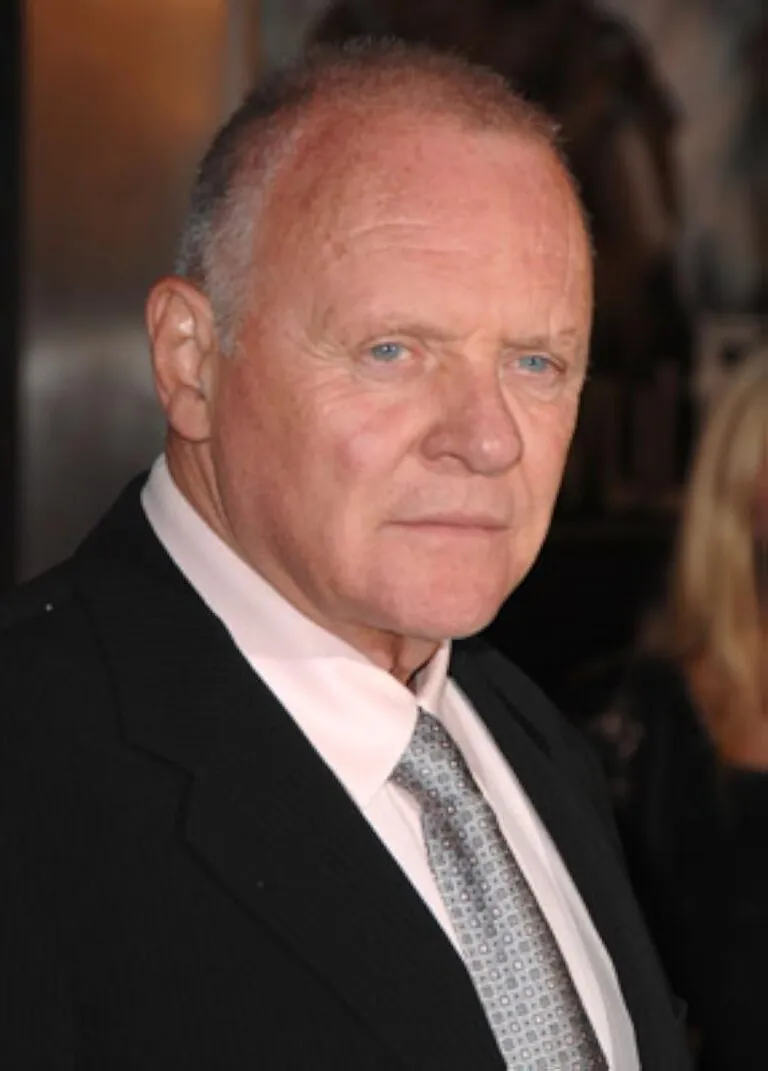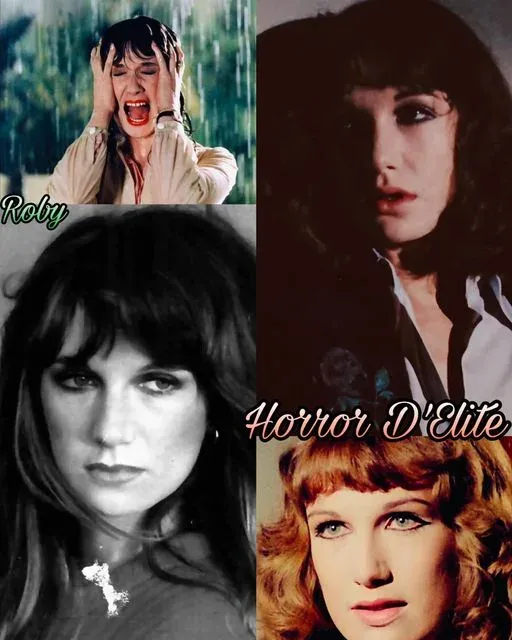Darius Khondji: Middle Eastern Visual Aesthetics
Darius Khondji: Middle Eastern Visual Aesthetics
Darius Khondji is one of the most influential and respected cinematographers in contemporary cinema. Born on October 21, 1955, in Tehran, Iran, to a French mother and an Iranian father, Khondji has a multicultural background that deeply influenced his artistic sensitivity. Growing up between Iran and France, and later trained in the United States, Khondji developed a unique style that blends European, Middle Eastern, and American influences, creating a distinctive visual aesthetic that has made him a prominent figure in global cinema.
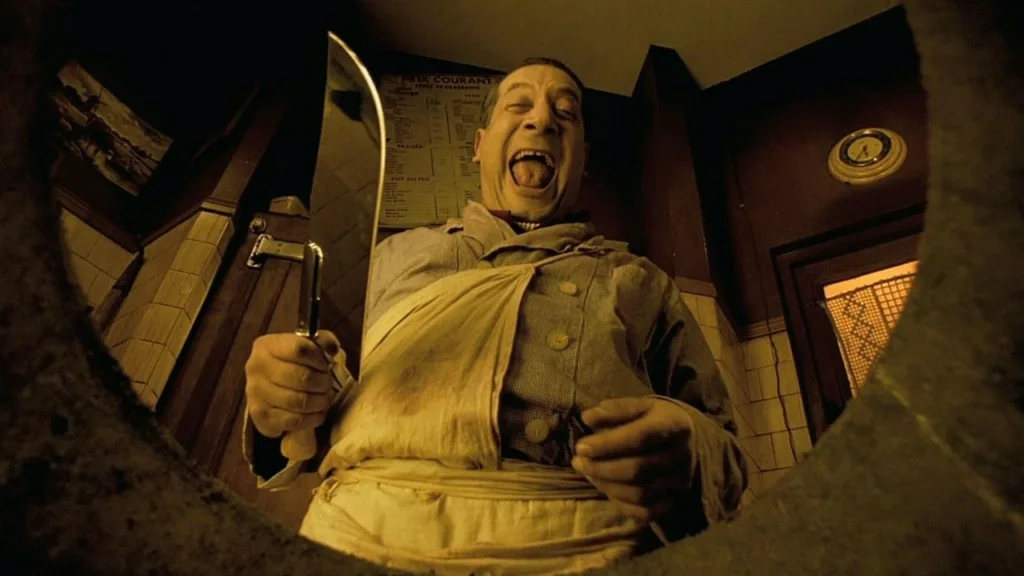
Education and Early Career
Khondji’s interest in cinema began at a young age, inspired by the work of directors and cinematographers like Vittorio Storaro and Néstor Almendros. After attending film school in Paris and New York University, he started working as a camera assistant and operator in independent productions. His talent and passion for photography quickly gained recognition, leading him to collaborate with emerging directors in French cinema.
One of Khondji’s first significant projects was “Delicatessen” (1991), directed by Jean-Pierre Jeunet and Marc Caro. This dark and surreal film showcased his talent for creating unique and intricate visual atmospheres. The cinematography of Delicatessen is characterized by inventive use of light and shadow, with an aesthetic reminiscent of German Expressionist cinema, yet with a modern and grotesque twist. This work immediately attracted international attention, establishing Khondji as an emerging talent in the world of cinematography.
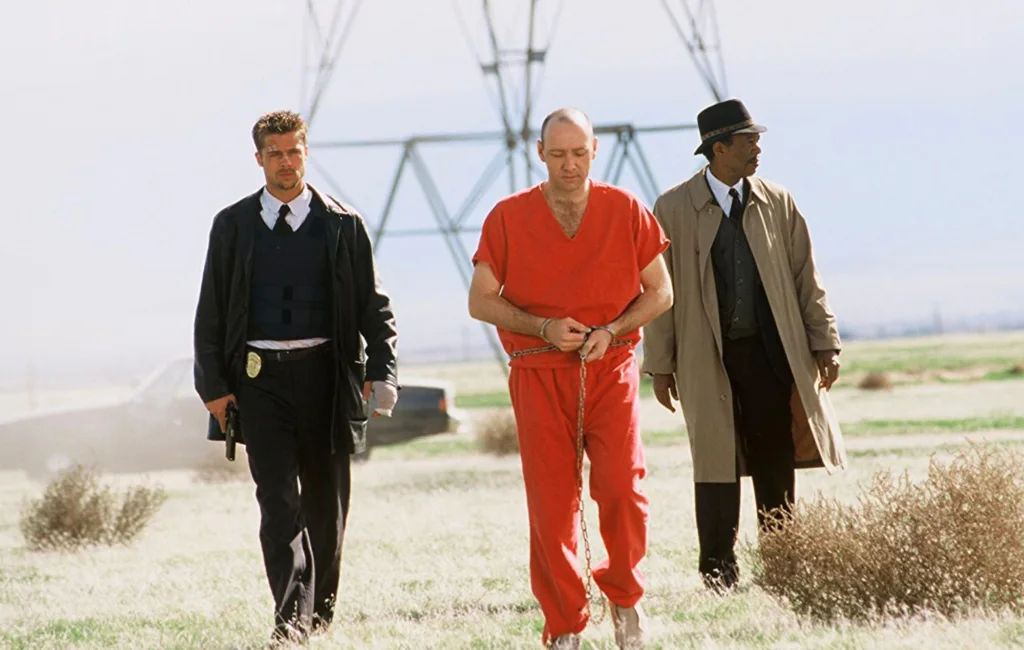
Collaboration with David Fincher: “Seven” and Beyond
The film that solidified Darius Khondji’s status as one of the great masters of cinematography was “Seven” (1995), directed by David Fincher. This noir thriller, exploring the seven deadly sins through a series of brutal murders, became a genre classic, thanks in part to Khondji’s extraordinary photography.
In Seven, Khondji created a visually oppressive and unsettling world, using a dark and desaturated color palette that reflects the moral decay at the heart of the story. His ability to play with shadows and create intense visual contrasts helped establish the bleak and claustrophobic atmosphere of the film. The result is a visually compelling experience that is both captivating and disturbing, with images that linger in the viewer’s mind.
Collaborations with Notable Directors
In addition to David Fincher, Darius Khondji has worked with numerous renowned international directors, bringing his distinctive vision to a wide range of cinematic genres. With Woody Allen, he collaborated on films like “Midnight in Paris” (2011) and “To Rome with Love” (2012), capturing the romantic and nostalgic essence of European cities with a light and refined touch.

With Michael Haneke, he worked on “Amour” (2012), an intense and dramatic film exploring the themes of aging and loss. In Amour, Khondji used a restrained and naturalistic photography style, reflecting the raw and truthful nature of the story, once again demonstrating his ability to adapt to the narrative needs of the film.
Darius Khondji’s Middle Eastern visual aesthetic is undoubtedly one of the greatest examples of cinematic excellence in our time.
 Subscribe to our YouTube channel
Subscribe to our YouTube channel
